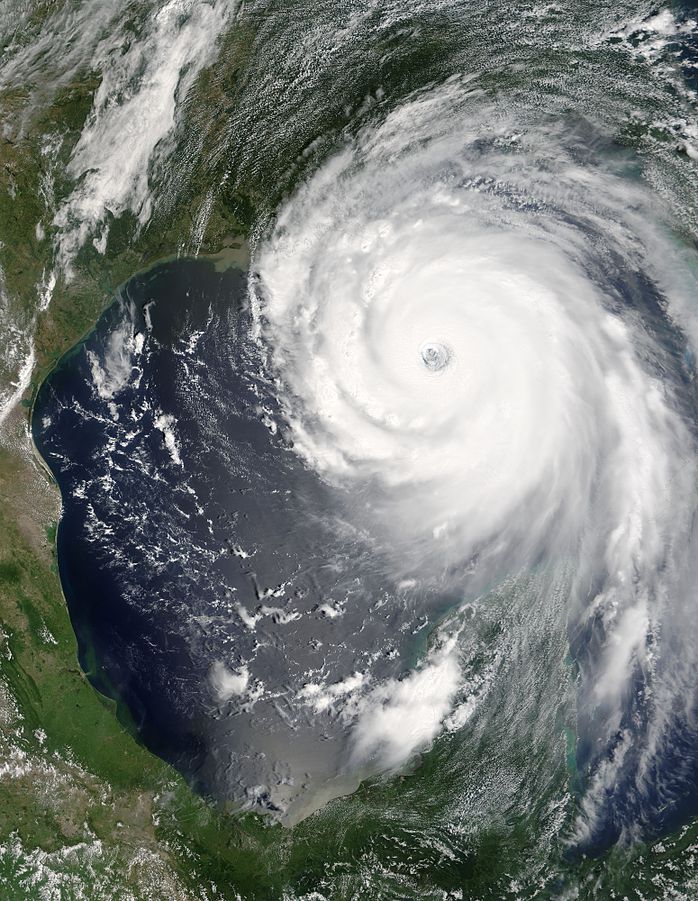Sustainability
Sustainability is an important aspect of renewable natural resources, by its very nature it is a requirement. For our natural resources to be renewable, they must be managed in a sustainable way. Are sustainability and utilization mutually exclusive? The answer is a resounding no!
Many of our natural resources require utilization as part of the active management programs in place. Harvesting trees to be utilized for products in many cases are both necessary and important. Active forest management is critical in areas where disturbance is part of the natural ecosystem. In fact, harvesting can mimic many of these disturbances allowing for healthier ecosystems.
This may seem counter-intuitive, but many of the forests in North America depend on disturbances like fire, hurricanes, and tornadoes to stay healthy. These disturbances allow changes to take place in the forest, these changes are referred to as Forest Succession or Ecological Succession. Does that mean an entire forest needs disturbance? No, it means to have a healthy mosaic of forests, disturbance must occur to provide diversity.
Weather Events
Hurricanes and tornadoes create major disturbances in the forest. The break the tops out of trees, push trees over, and even distribute their seeds great distances. Both can leave bare soil exposed to sunlight allowing for other vegetation to grow, improving food sources for different animals.
By Jeff Schmaltz, MODIS Rapid Response Team, NASA/GSFC –
Fire
Fires are beneficial too, because they allow trees with serotinous cones to spread their seeds, onto exposed soil, guaranteeing a new generation of trees to replace ones that are older and towards the end of their life spans. In fact, there are species that are dependent on fire for success. Fire intensity depends on several factors including frequency, fuel loads, weather, and time since the last fire.
Management
Harvesting of trees can accomplish the same benefits natural benefits of major weather events, by exposing areas to sunlight allowing for new vegetative growth that benefit wildlife; the difference being, when harvesting is performed, the harvested trees can be turned into useful products, many of which are long lived, storing carbon from the atmosphere.
Similarly, with proper harvesting and controlled burns in the forest, fuel loads can be reduced so that when weather events or negligence starts a fire in the forest, the risk of catastrophic fires and damage to property can be reduced. By actively managing our forests, we can reduce fire risks, produce sustainable products, and provide viable and healthy ecosystems for the future.

(hurciane image courtsey of http://visibleearth.nasa.gov/view_rec.php?id=7938, Public Domain, https://commons.wikimedia.org/w/index.php?curid=307289)







